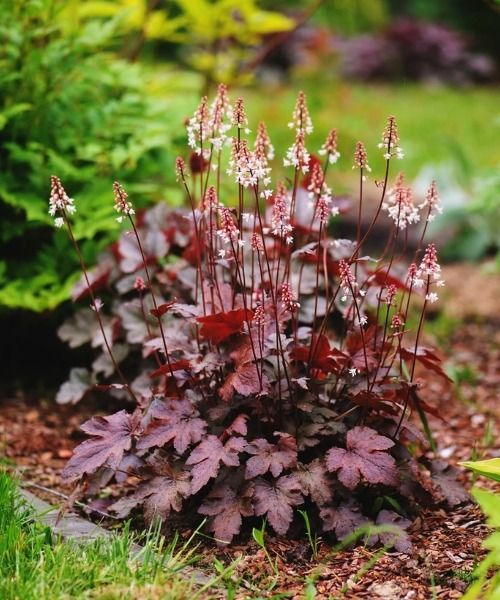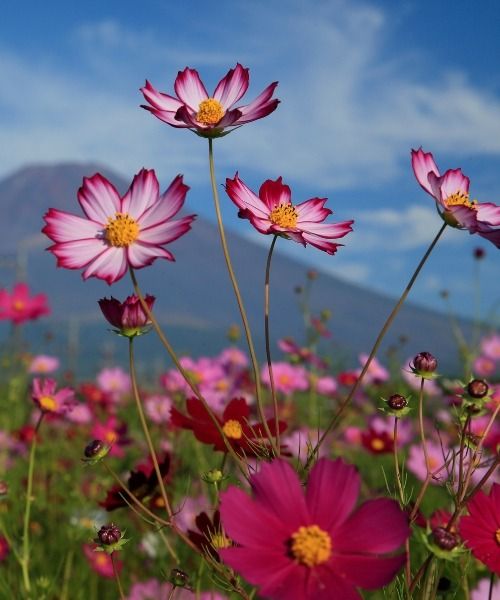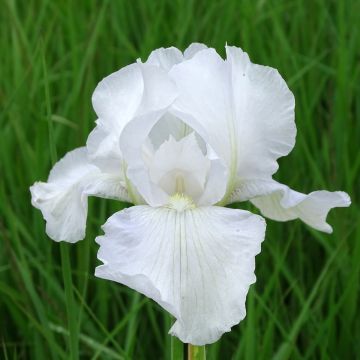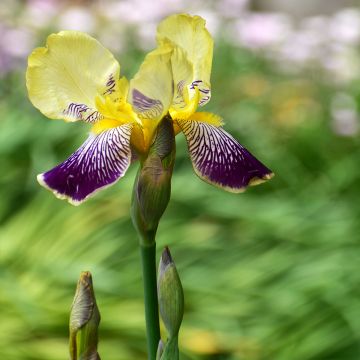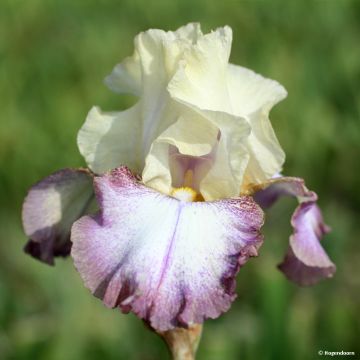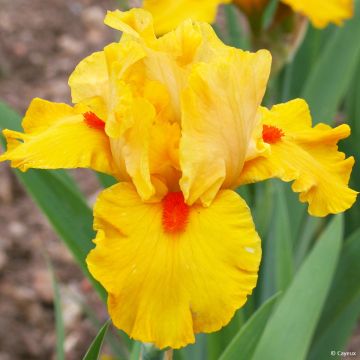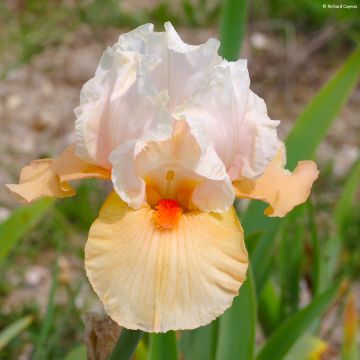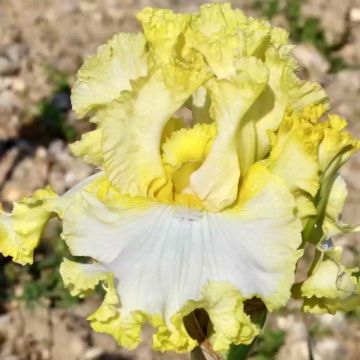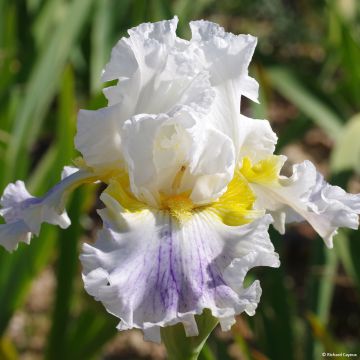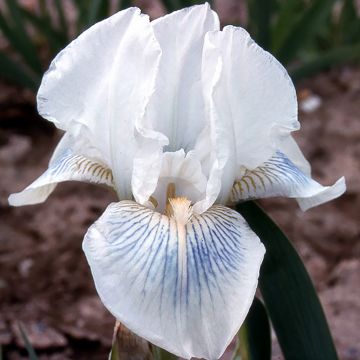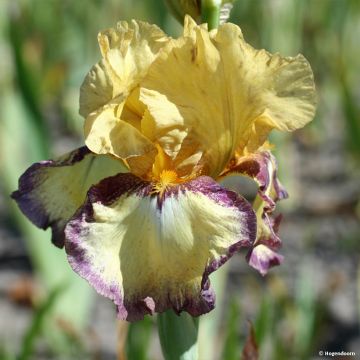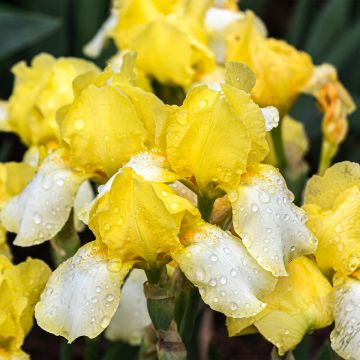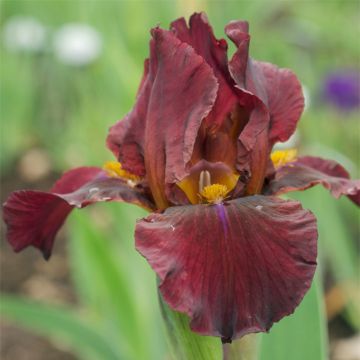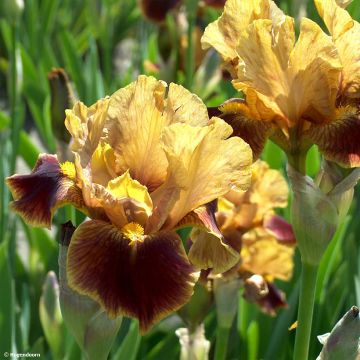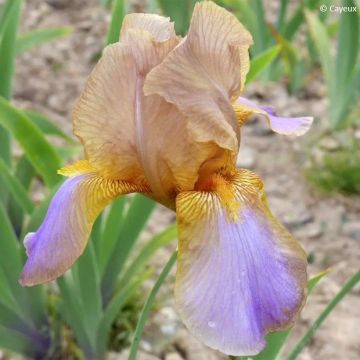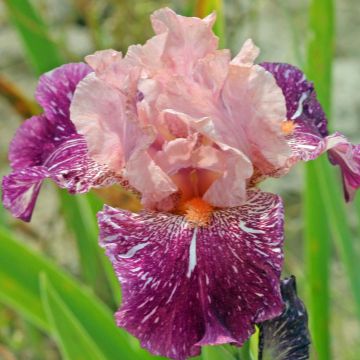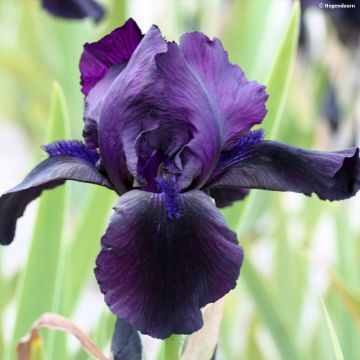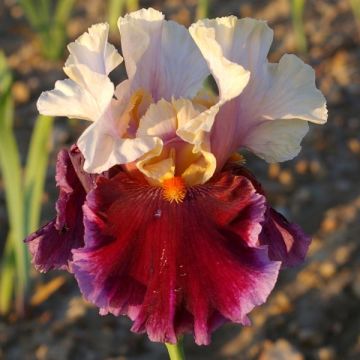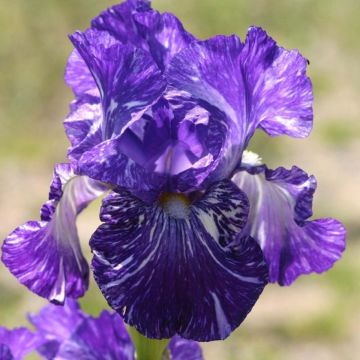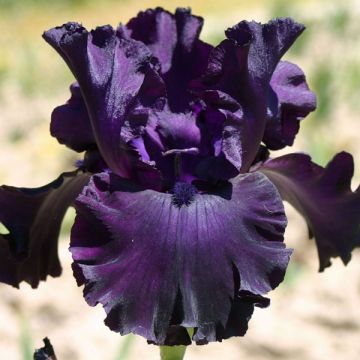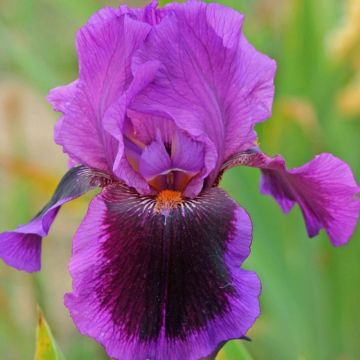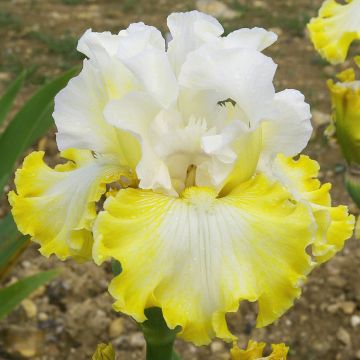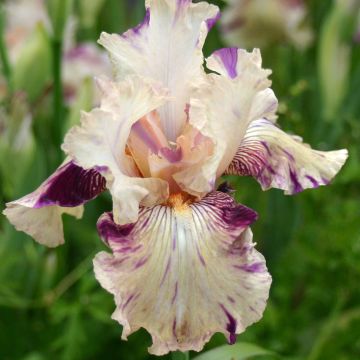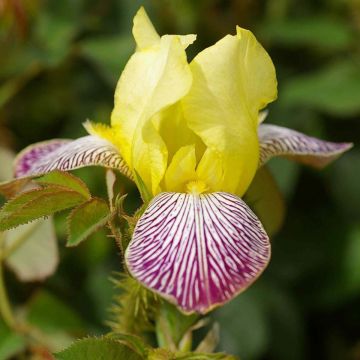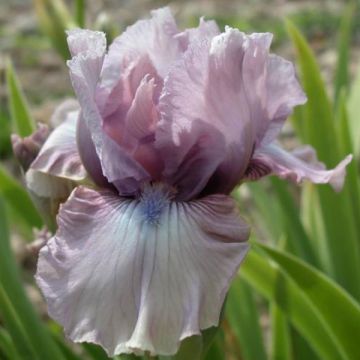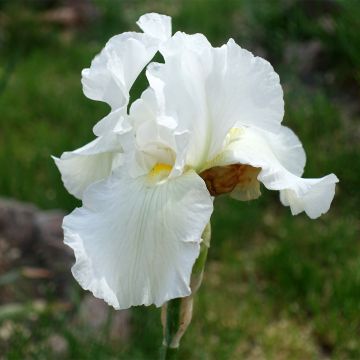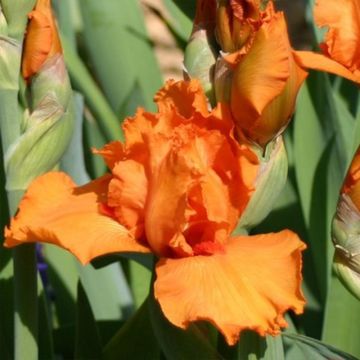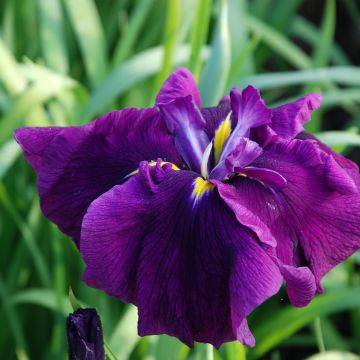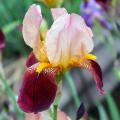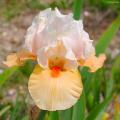Medium Bearded Iris
Does this plant fit my garden? Set up your Plantfit profile →
Available in 3 sizes
Available in 1 sizes
Available in 2 sizes
Available in 2 sizes
Available in 2 sizes
Available in 2 sizes
Available in 2 sizes
Available in 2 sizes
Available in 2 sizes
Available in 2 sizes
Available in 2 sizes
Available in 2 sizes
Available in 1 sizes
Available in 2 sizes
Available in 2 sizes
Available in 2 sizes
Available in 2 sizes
Available in 1 sizes
Available in 1 sizes
Available in 2 sizes
Available in 1 sizes
Available in 2 sizes
Available in 1 sizes
Available in 1 sizes
Available in 1 sizes
Available in 1 sizes
Intermediate and border irises are, both in terms of size and flowering time, between dwarf irises and tall bearded irises. More compact but equally floriferous as tall irises, they are better suited for windy situations. These perennials owe their popularity among gardeners to both their ease of cultivation and their remarkably beautiful flowers. Their corollas, in classic or extravagant shapes, tidy or disheveled, come in all the colours of the rainbow, with the exception of red and black. Iris germanica, or bearded iris, are divided into three main categories:
- tall garden irises, whose flower stalks stand at least 70 cm (28in) above the ground, bloom from mid-May to June.
- intermediate and border irises, 40 to 70 cm (16 to 28in) tall when in bloom, have flowering periods that range from early May to early June. They are the result of cross-breeding between dwarf irises and tall bearded irises.
- and finally, dwarf irises, miniatures or rock garden irises, whose flower stalks do not exceed 40 cm (16in). They are the first to bloom in the garden, starting in early April and continuing until early May, depending on the varieties.
By planting different varieties belonging to these three groups, it is possible to enjoy flowering for two and a half months.
Intermediate irises should be planted from July to September, immediately upon receipt, in any good well-drained garden soil with a tendency towards limestone. For flowering, they require a minimum of six hours of full sun per day. They can be placed in large flower borders, in beds of perennials or shrubs that will not cast too much shade on them. The choice of colours is almost infinite, and we have grouped them in these pages.
Haven't found what you were looking for?

































